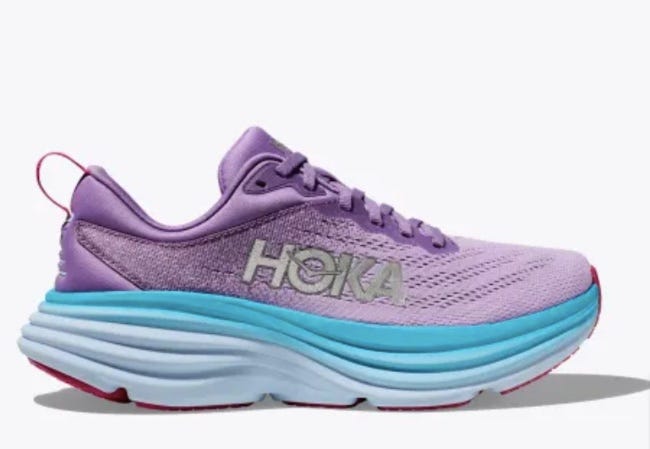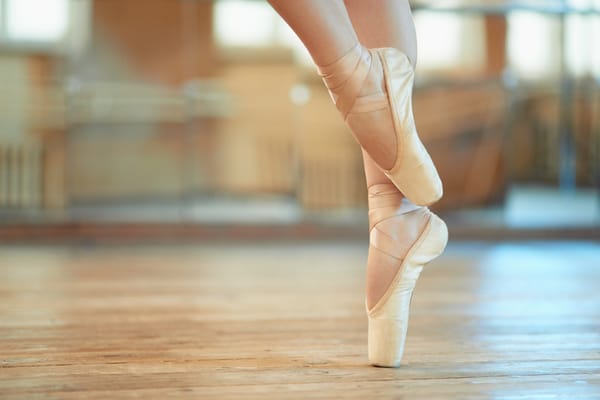"Super Shoe" Technologies: A History
Debates about "mechanical doping" and who gets to wear a "super shoe"
Apologies to all non-runners. You get a runner started talking about shoes, and by god, they churn out 2000+ words on the topic.
The Search for the Perfect Shoe (Technology)
Like many people, when I visited my first running store to buy my first pair of running shoes, I was steered towards Hokas, a brand that's become wildly popular in the last few years not only among runners but among folks who are on their feet a lot of the day. Hokas' shoes are known for their thick, cushy soles, and while this makes them look fairly bulbous, they still appeal to those of us who are less concerned about how ugly a shoe might be and more interested in its cushion, its comfort.
I bought them, but dammit, I did not love them. They did not feel like some sort of magical footwear that made running painless and easy. (Dear reader: no footwear is going to do that. That's why you practice. That's why you train.)

Me being me, I decided to read up on all the different features of running shoes — the "stack height," that is the amount of shoe between your foot and the ground; the "drop," the difference in height between the heel and forefoot; and the stability — any special technology to assist (and perhaps correct) pronation.





